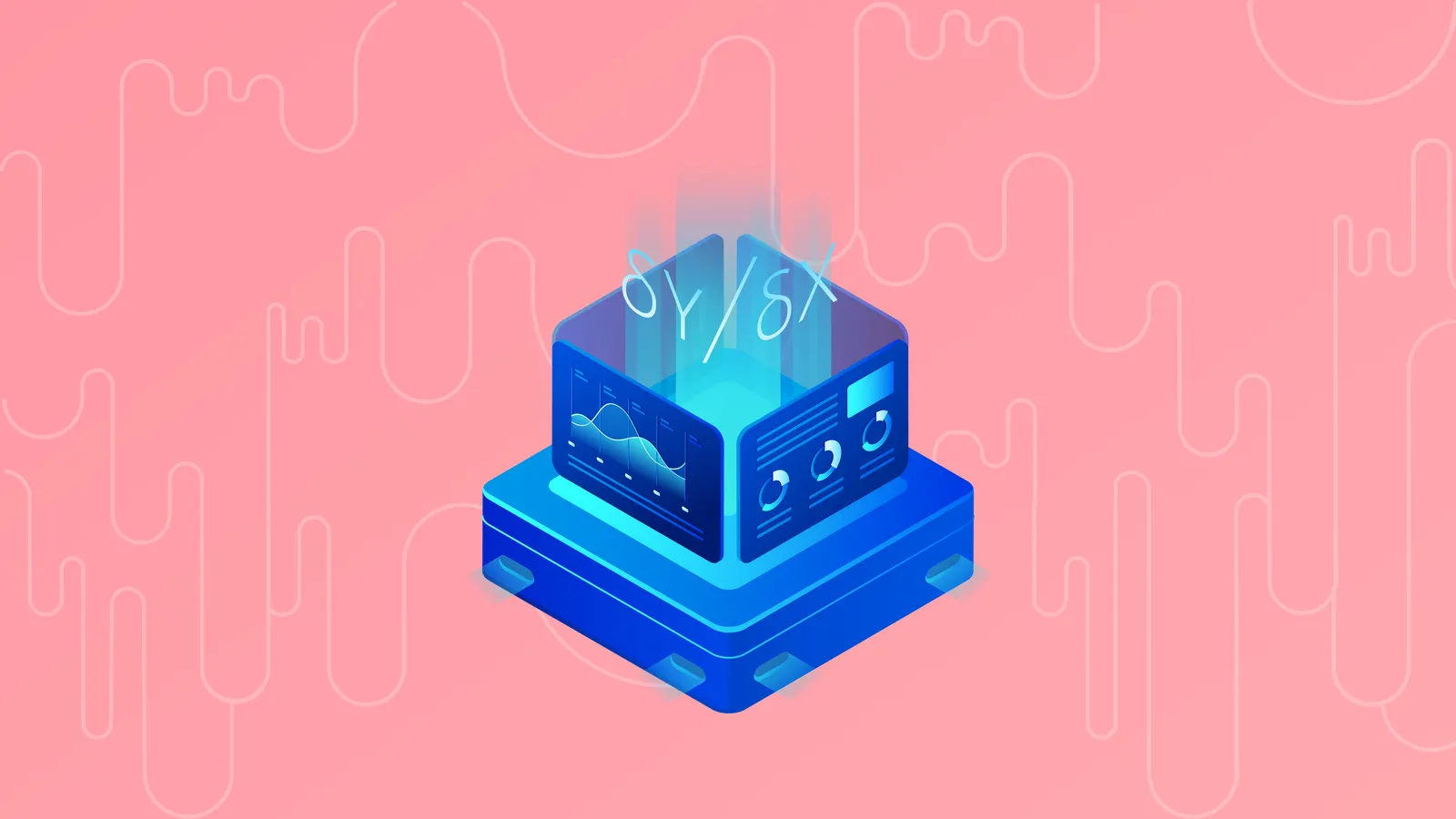In brief
- dYdX is a decentralized margin trading platform based on Ethereum.
- dYdX allows users to borrow lend and make bets on the future prices of popular cryptocurrencies.
- dYdX wants to bring trading tools normally found in fiat markets to the world of blockchain.
On the surface, dYdX looks like just another lending protocol on Ethereum, but dig a little deeper and you will find a protocol trying to take Decentralized Finance (DeFi) to the next level. Below we explore who invented it, how it works and what makes it so special.
Problem
Margin trading, options, and derivatives are common tools for traditional traders and investors, but in crypto, these features were limited to centralized exchanges such as Kraken, Huobi, and Binance. For the first time, these standard trading features are being built in a trustless and decentralized way.
What is dYdX?
Decentralized borrowing and lending already exists in DeFi through popular platforms such as MakerDAO and Compound, but dYdX is focused on building more advanced trading tools on the Ethereum blockchain. Like with other DeFi products, the dYdX protocol is available for anyone to use and build upon–with users’ assets managed by smart contracts instead of people.
It is the most popular decentralized margin trading platform with a peak of over 150,000 ETH (worth over $30 million at the time) locked up in its smart contracts in November 2019. As of April 2020, more than $500 million has been traded on the platform.
Margin trading basic concepts
Before we dive deeper into this margin trading protocol, let’s quickly review some basic concepts about margin trading.
What is margin trading?
Margin trading is essentially borrowing money to make bigger bets. Crypto traders make bets that the price of a crypto asset will move in the way they predict–either up or down. Margin trading allows them to increase their profits if they’re right, but also their potential losses if they’re wrong.
Margin trading creates leverage–the more leverage used, the more the risk (or reward) of gains or losses. For example, using 2x leverage essentially doubles a trader’s potential gain or loss.
What is collateral?
Because identity solutions–and reliable credit checks–are not widely available on the blockchain, almost all decentralized borrowing uses collateral. Collateral is the minimum deposit needed to take out and repay a loan. The more collateral you put down, the more you can borrow.
What are liquidations?
When the value of your collateral drops below a certain point, that collateral is automatically sold to repay your loan–a process called liquidation. Loans are at high risk of liquidation when there is too much borrowed and too little in collateral. Liquidation risks increase severely in more volatile markets such as crypto.
Who Invented dYdX?
The dYdX protocol was founded in 2017 by Antonio Juliano, an ex-Coinbase and Uber engineer.
Did you know?
As of December 2019, dYdX users can trade between ETH, DAI, and USDC with up to 5x leverage. Centralized exchanges such as BitMex offer up to 100x leverage for margin traders meaning a tiny movement of the price in the wrong direction will get you liquidated!
What’s so special about it?
As a pure trading platform, dYdX is quite limited, but as a completely open, trustless, and non-custodial financial protocol, it is one of the most advanced. The platform’s features are currently limited to basic trading between three simple assets (ETH, DAI, and USDC), lending assets to collect interest, and two types of margin trading: isolated margin trading and cross margin trading. Though these are simple tools for the veteran trader, they are a huge leap forward for the fledgling DeFi ecosystem.
Did you know?
A Coinbase investment fund for DeFi products called the “USDC Bootstrap Fund,” invested $1 million USDC into dYdX in order to increase liquidity on the platform–and increase adoption of Coinbase’s stablecoin.
What else is different?
As opposed to the margin trading, lending on dYdX is considered low risk and passive. With dYdX, lenders automatically earn interest each time a new block is mined. Any funds deposited on the platform will continuously earn interest at every block and can be withdrawn at any time with no minimum requirements. Because all loans are collateralized and face the threat of liquidation, the lender will always be repaid.
How does dYdX work?
Instead of individual borrowers and lenders making and accepting loan offers, everyone interacts in one “global lending pool.” Each asset has its own lending pool managed by smart contracts so withdrawing, borrowing, and lending can happen at any time without needing to wait for matches or sufficient capital. The interaction between borrowers and lenders–demand and supply–determine the interest rates of each asset.
How do you use dYdX?
As with nearly all other DeFi products, dYdX requires only an Ethereum wallet like MetaMask and some ETH to get started. There are currently no trading fees and no special tokens needed to use dYdX.
The Future
The plan for dYdX has always been to offer increasingly advanced trading features such as options and derivatives along with their flagship margin trading features. Recently the project has added “stop-loss” options to allow traders to limit their potential losses. The team also plans to expand beyond the three basic crypto assets currently available on the platform. By adding more complexity to their platform, dYdX is also adding to the complexity of the broader DeFi ecosystem–a sign of a maturing market.



